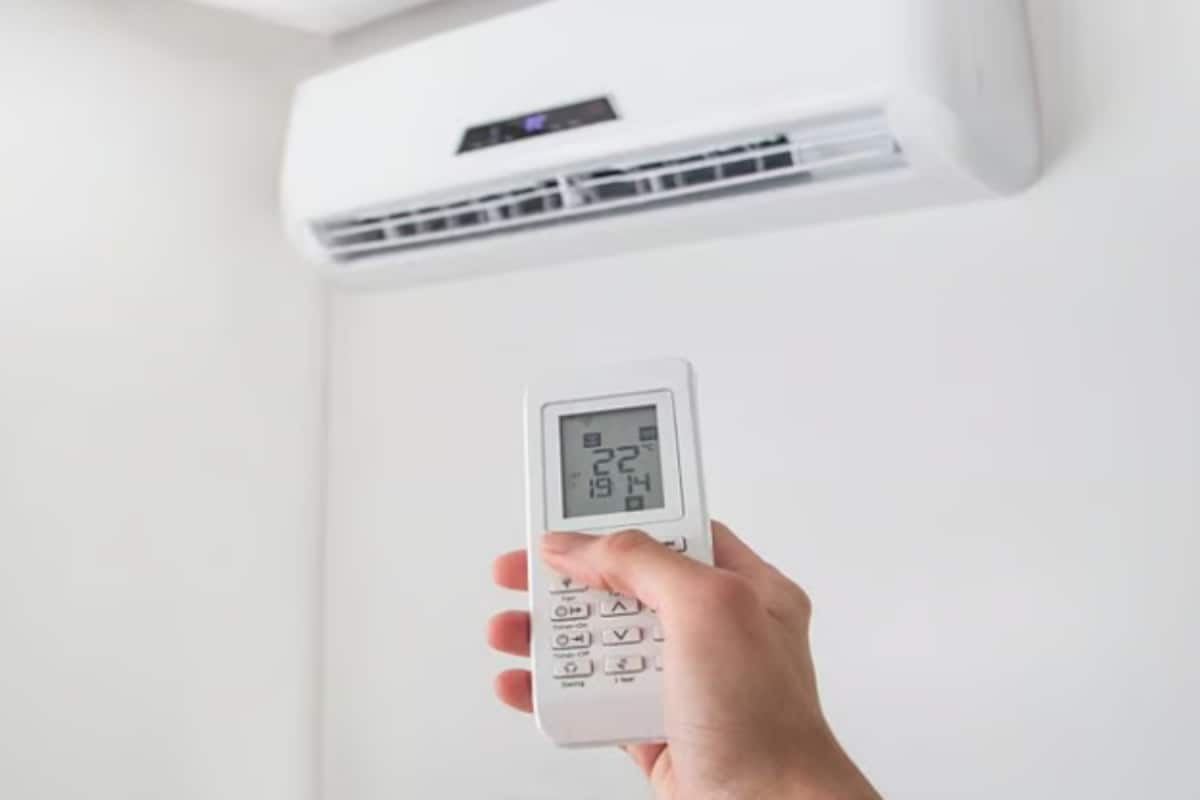

The Indian government is considering implementing new regulations to standardize air conditioner temperatures between 20°C and 28°C. Union Minister Manohar Lal Khattar recently announced that this "experiment" aims to curb excessive electricity consumption and manage the country's rising energy demand, particularly during peak summer months. While a concrete implementation date remains unconfirmed, the announcement signals a significant step towards energy conservation.
The proposed rule means that users would not be able to set their AC temperature below 20°C or above 28°C. Currently, many AC units can cool down to 16°C or 18°C, while some allow heating up to 30°C. This restriction is expected to influence AC usage in both residential and commercial settings. The government plans to monitor the implementation and assess its impact, although specific enforcement details are still under development.
The primary motive behind this initiative is to alleviate the strain on India's power grid. Power Secretary Pankaj Agarwal noted that cooling demands account for approximately 50 gigawatts (GW), roughly one-fifth of India's peak power demand. Studies suggest that raising the AC temperature by just one degree Celsius can save about 6% of electricity. With an estimated 100 million AC units already in use and another 15 million being added annually, the potential energy savings are substantial. A study by the University of California, Berkeley's India Energy & Climate Center, indicates that without policy interventions, room ACs could contribute a staggering 120 GW to India's peak demand by 2030, potentially leading to power shortages as early as 2026, even with ongoing generation and storage projects.
The Bureau of Energy Efficiency (BEE) is currently developing a framework to standardize AC temperatures, engaging with appliance manufacturers and state governments in the process. Consultations are ongoing, and some states have requested that humidity levels be considered when finalizing the guidelines. Discussions also include the possibility of extending these standards to ACs in automobiles.
While the move is primarily aimed at reducing energy consumption, there are also discussions around setting the default AC temperature at 24°C, aligning with the normal human body temperature of 36-37°C. It's argued that most people do not sleep comfortably at temperatures below 20°C, making this a reasonable baseline.
The announcement comes at a time when India's peak power demand is on the rise, reaching 241 GW on June 9, 2025. By standardizing AC temperatures, the government hopes to improve energy efficiency and reduce the burden on the national power grid.